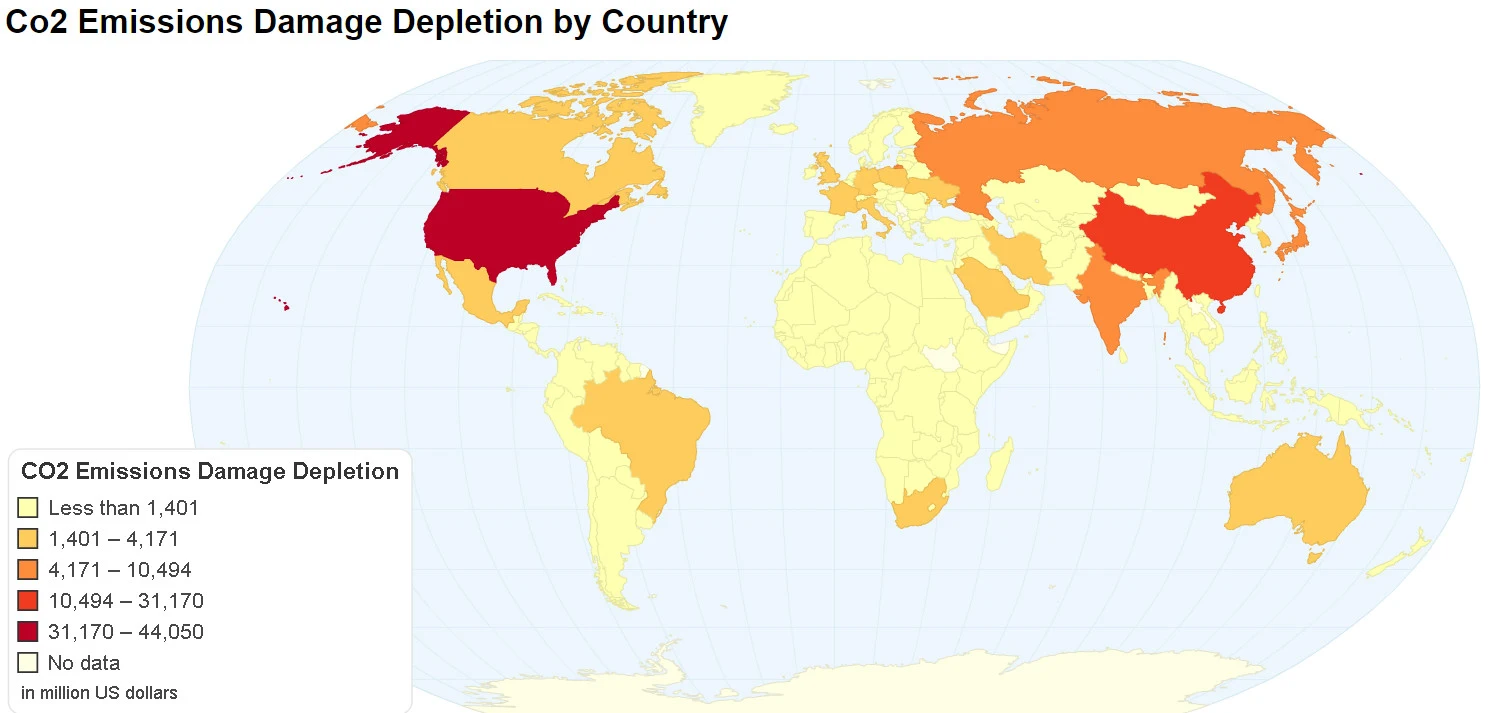Carbon dioxide (CO2) is a colorless and odorless gas that is vital to life on Earth. This naturally occurring chemical compound is made up of a carbon atom covalently double bonded to two oxygen atoms. Carbon dioxide exists in Earth's atmosphere as a trace gas at a concentration of about 0.04 percent by volume. Natural sources include volcanoes, hot springs and geysers, and it is freed from carbonate rocks by dissolution in water and acids.
Carbon dioxide is produced by all aerobic organisms when they metabolize carbohydrates and lipids to produce energy by respiration. It is returned to water via the gills of fish and to the air via the lungs of air-breathing land animals, including humans. Carbon dioxide is produced during the processes of decay of organic materials and the fermentation of sugars in bread, beer and winemaking.
Ozone depletion describes two distinct but related phenomena observed since the late 1970s: a steady decline of about four percent in the total amount of ozone in Earth's stratosphere, and a much larger springtime decrease in stratospheric ozone around Earth's polar regions.The latter phenomenon is referred to as the ozone hole. In addition to these well-known stratospheric phenomena, there are also springtime polar tropospheric ozone depletion events.
via chartsbin.com

This post may contain affiliate links. As an Amazon Associate, I earn from qualifying purchases.